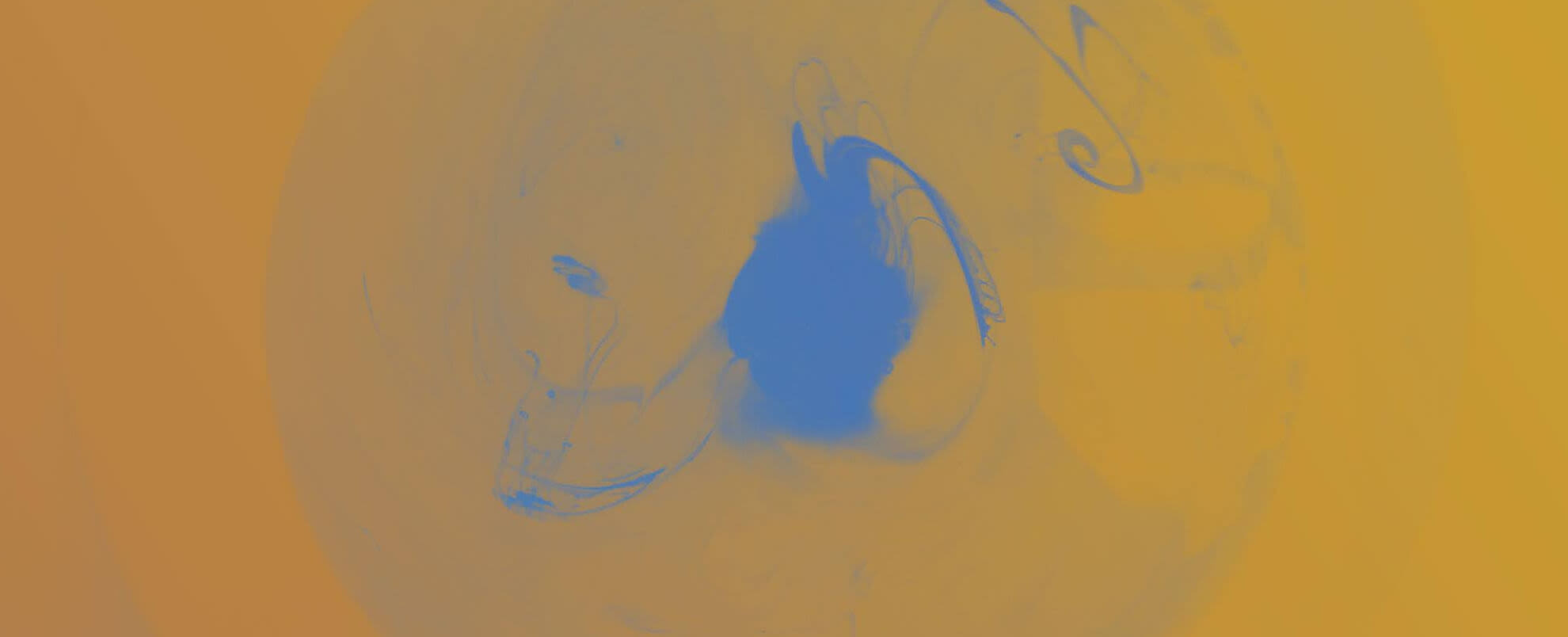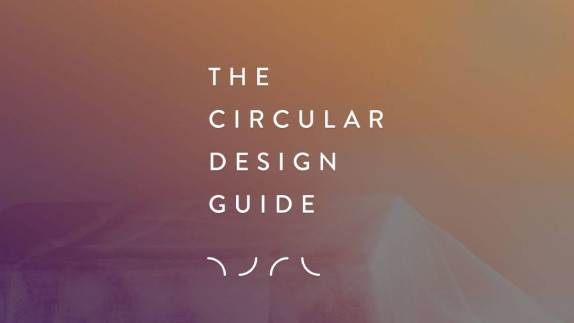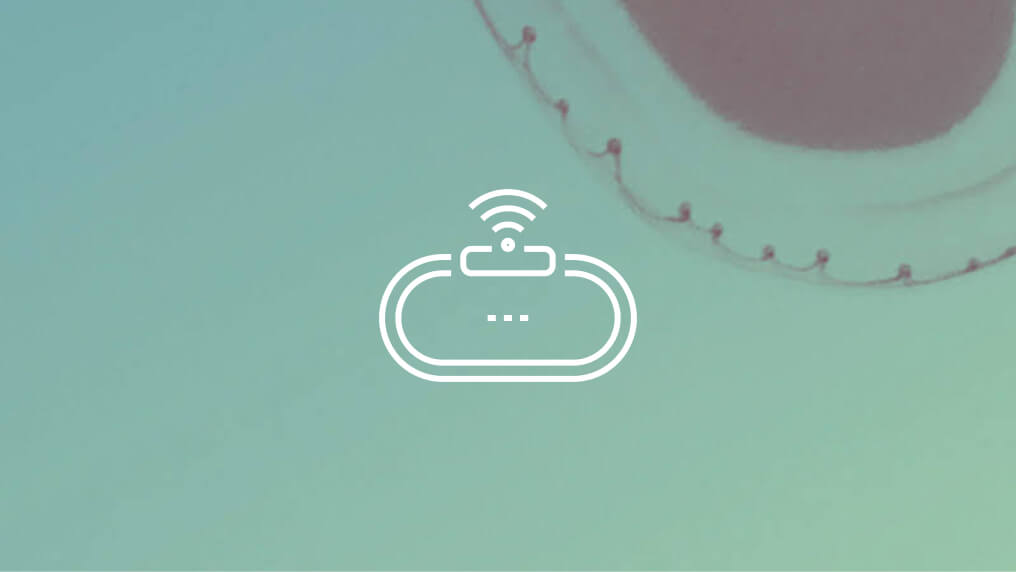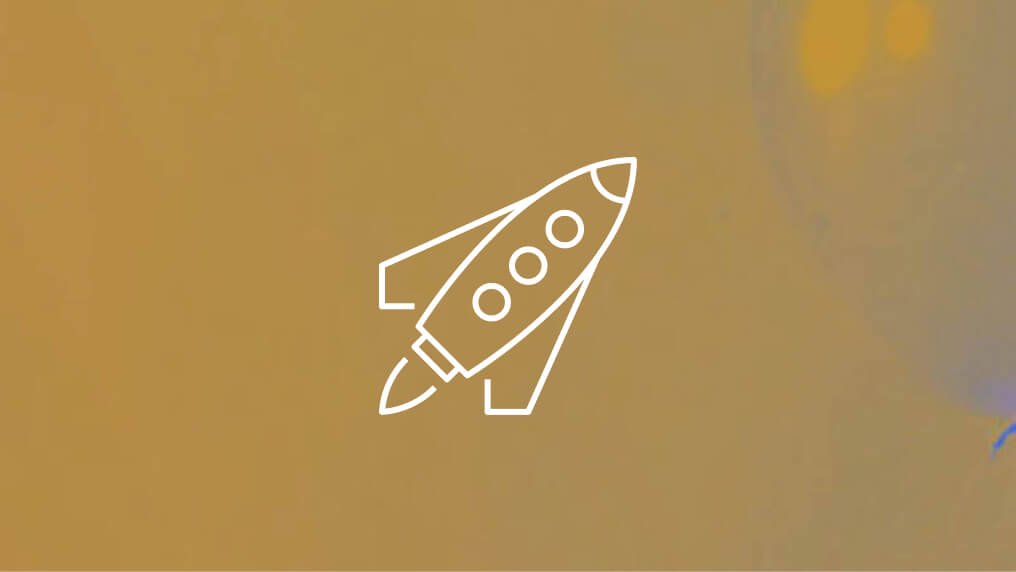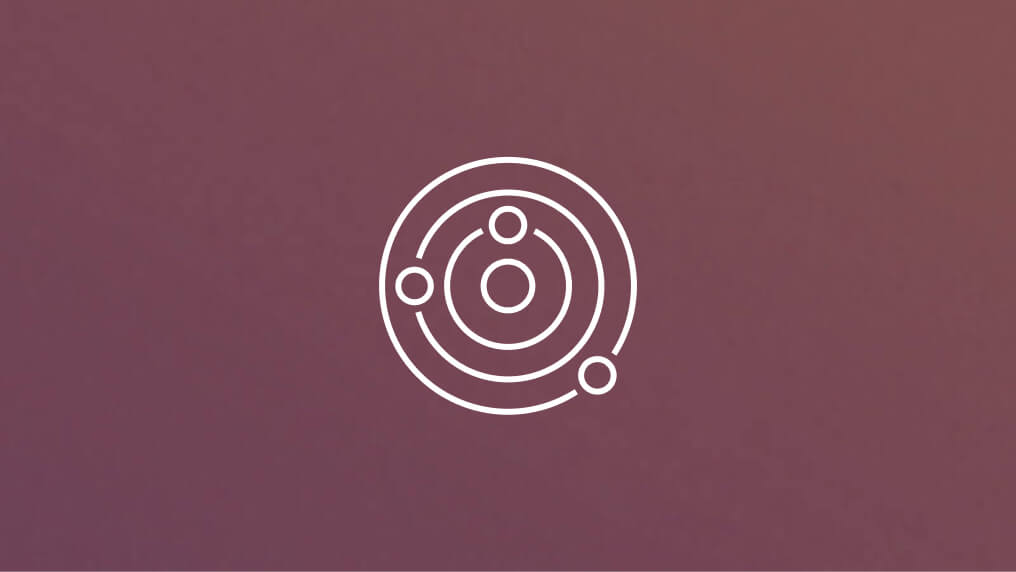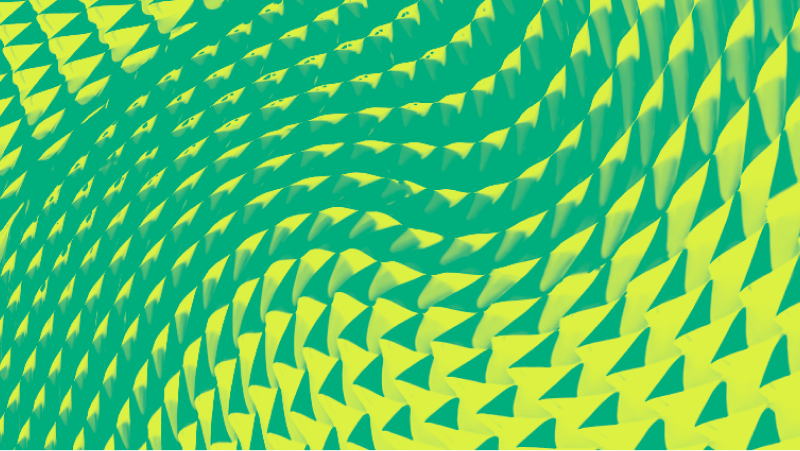Learn how to use feedback to plan what’s next with your product or service – this could be evolving your offer, new opportunities for business growth, or spotting your next circular intervention and even evolving the feedback mechanism itself.
Design is continuous with the circular economycircular economyA systems solution framework that tackles global challenges like climate change, biodiversity loss, waste, and pollution. It is based on three principles, driven by design: eliminate waste and pollution, circulate products and materials (at their highest value), and regenerate nature.. That’s why it’s important to create feedback cycles and learn from the input you get along the way. This will help you use the feedback you are collecting to explore the next steps to iterate your design and continue to add value to your business and the system as a whole.
Steps
Step 1
Review your progress against the feedback you set out to collect in Embed Feedback Mechanisms as well as your overall strategy in the Business Model Canvas.
Step 2
Start by asking whether you have achieved what you set out to do. Have you been able to find answers to the questions you posed?
Step 3
Synthesise this feedback by looking for patterns and insights about what you are learning. How has what you are learning shifted your thinking?
Step 4
Use this flowchart to answer these types of questions:
Do you need to change the feedback mechanism?
Is it giving you data that is of value or are you wasting time collecting some of that information?
What do you need to do to alter your product or service to ensure it’s bringing business value to you, and adding value to the system as a whole?
How might you make your product/service better, not just for the consumer, but other users in the value chain?
Is your product or service breaking down from a usability or technical standpoint? Does anything need to be adapted for it to work better?
What will your next intervention be? Will you be scaling the same model or looking to increase your influence by expanding to different loops in the system?
Step 5
Return to methods in the Define section and develop an action plan for scaling.

Circular Design Guide
This page is part of the Circular Design Guide. Get an overview of the project, or dive straight into our activities to help you understand, define, make, and release circular innovations.
